You can’t see it— but more than a third of Dane County cropland has one. It’s considered one of the best practices farmers can use to prevent water quality issues due to nutrient runoff. And this practice is growing: by more than 11% in Wisconsin from 2014 to 2015 alone. Learn more about farm nutrient management planning.
***
Farm nutrient management plans involve several elements. The first is soil tests for each field – assessing existing soil quality including phosphorus and nitrogen levels. Then a detailed conservation plan is created. Professional agronomists or farmers who have completed training write the plans, which are reviewed annually and updated as needed. The plans ensure that just the right amount of nutrients are applied on each farm field.
Why are nutrients important?
Nutrients like phosphorus and nitrogen are necessary to produce healthy crops like corn or soybeans. But excess nutrients pollute our lakes and streams and fuel algal blooms. Nutrient Management Planning helps farmers target the “sweet spot” in between too many and too few nutrients.
The concept behind nutrient planning can be compared to the story of Goldilocks and the Three Bears. Like Goldilocks looking for her perfect bowl of porridge, each acre of cropland in Wisconsin needs that “just right” treatment. The right nutrients. The right amount. The right time. With proper nutrient management planning, and planning software like SnapPlus, it doesn’t have to be trial and error (sorry, Goldilocks!). This means that there’s a mutual benefit: farmers save time and money by only applying manure and fertilizer that’s really needed, and our lakes aren’t absorbing as many extra nutrients via runoff when it rains.
Farmers might choose to create a nutrient management plan for a variety of reasons. Some might want to save money on fertilizer, to stay ahead of the curve, or to make a cost-benefit analysis. Other farmers want to improve record keeping, become a better manager, or “do the right thing”.
In certain circumstances, farmers are required to create a nutrient management plan. This requirement is necessary when accepting cost-share funds or participating in certain programs.The Wisconsin Department of Agriculture, Trade and Consumer Protection keeps track of how many farms and acres have developed a nutrient management plan. As of 2015, 31% of all acres in Wisconsin and 36% in Dane County are covered.
When can a Nutrient Management Plan be required? (via Wisconsin DATCP)
Farms can be required to implement nutrient management if DATCP provides a $28 per acre cost share offer, or if the farm is:
- Causing a significant discharge
- Regulated by local manure storage or livestock siting ordinances, or by a DNR WPDES permit
- Accepting nutrient management planning or manure storage cost share funds
- Participating in the Farmland Preservation Program
The Wisconsin Department of Agriculture, Trade and Consumer Protection keeps track of how many farms and acres have developed a nutrient management plan. As of 2015, 31% of all acres in Wisconsin and 36% in Dane County are covered.
Clean Lakes Alliance is working with Yahara Pride Farms, Dane County, and Yahara WINs to help promote nutrient management planning for the farmland surrounding our lakes, streams, and wetlands. Technology improvements, like planning software pre-loaded with soil maps and manure applicators that receive GPS data, continue to make nutrient management more convenient, effective, and easier to put into action.
Sources:
Wisconsin Nutrient Management Update. Wisconsin Department of Agriculture, Trade and Consumer Protection. November 2015. http://datcp.wi.gov/uploads/Farms/pdf/NMUpdate2015.pdf
What is a Farm Nutrient Management Plan? University of Wisconsin Nutrient and Pest Management Program. June 2014.
http://datcp.wi.gov/uploads/Farms/pdf/NMTrainingIWhatIsANMPlan.pdf
Real Farms, Real Results: Nutrient Management Plans Working on Wisconsin Farms. Wisconsin Department of Agriculture, Trade and Consumer Protection, University of Wisconsin Nutrient and Pest Management Program. 2014.
http://ipcm.wisc.edu/download/pubsNM/DATCP_NM_FINAL.pdf
More information:
590 Nutrient Management Plan Information. Dane County Land & Water Resources Department, Wisconsin Working Lands Initiative Information. January 2015.
https://danedocs.countyofdane.com/pdf/lwrd/landconservation/fpp/590_nutrient_management_plan_information.pdf

